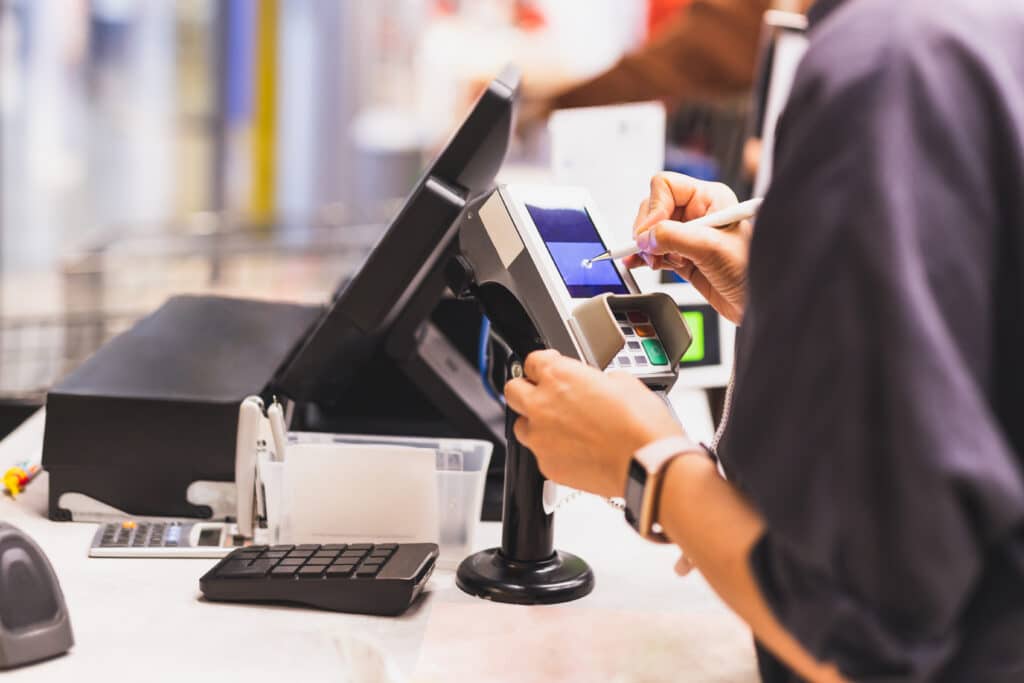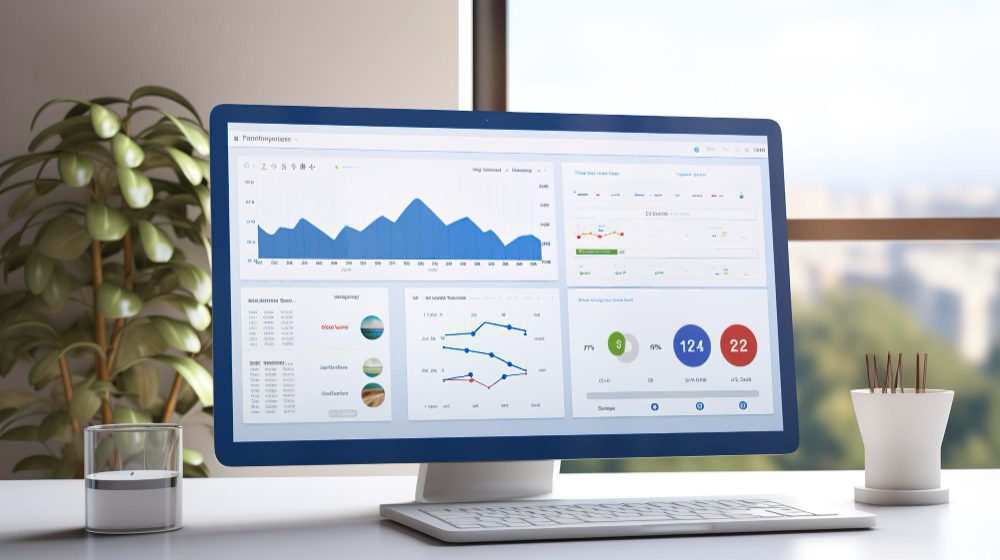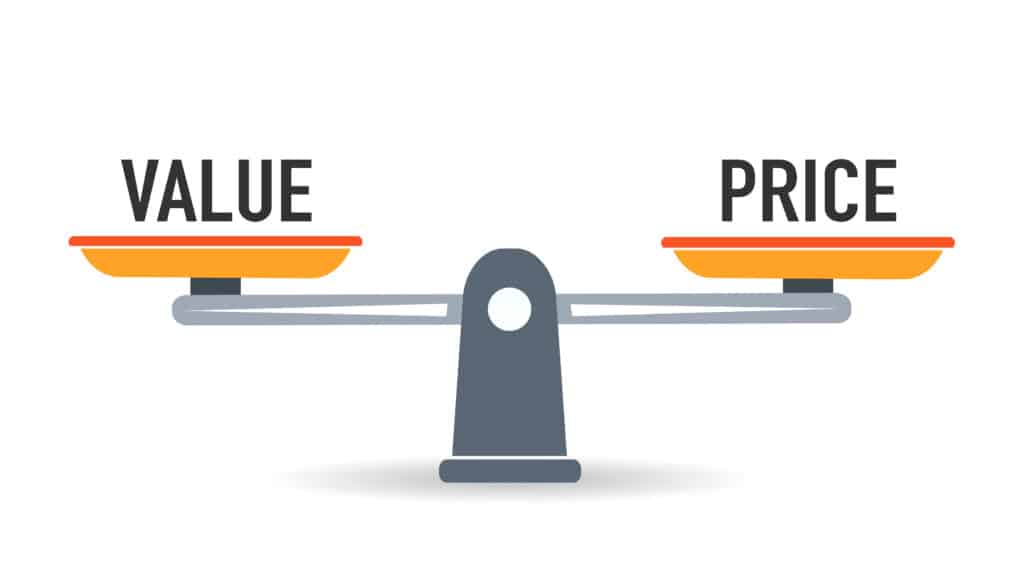In the fast-paced world of convenience stores, every second counts. Convenience stores need a fast and effective point of sale system to serve customers quickly and improve operations. Fortunately, analytics technology allows store owners to gain valuable insights and make informed decisions. By using analytics, convenience store owners can turn their point of sale into a valuable asset that improves customer experience, increases sales, and enhances efficiency. In this article, we will discuss how analytics can transform your convenience store’s point of sale and help you stay ahead in this competitive industry.
The importance of optimizing convenience store point of sale
By using analytics to understand how customers behave and what they buy, you can make better business decisions that will increase sales and make more money. One benefit of improving your convenience store’s cash register system is better control of your inventory. With up-to-date information, you can keep track of how much stock you have, figure out which products sell quickly, and decide when to order more so you don’t run out. You can also set up your cash register to automatically reorder products when you reach a certain level or based on past sales, which makes the process even easier.

This information helps send personalized promotions to customers who care about certain products or brands. It improves customer satisfaction and loyalty. Optimizing convenience store point of sale is important for staying competitive in retail.
Understanding the role of analytics in convenience stores
Analytics plays a crucial role in the success of convenience stores. Store owners can use data to make better decisions and improve their business. By looking at sales data, they can see how well products are selling and predict what customers will want. This helps them stock their shelves with the right products at the right time, avoiding having too much or items that won’t sell.
Store owners can adjust marketing strategies and introduce new promotions during peak hours to attract young adults. Analytics help optimize inventory management and targeted marketing efforts in convenience stores. Point-of-sale systems with advanced analytics allow store owners to track real-time sales data and monitor staff performance. This helps with decision-making on staff scheduling and training based on customer footfall patterns. Using analytics in daily operations helps store owners find growth opportunities and address issues more effectively.
Benefits of using analytics for convenience store point of sale
Store owners can use analytics tools to understand which products are selling well and which ones are not. This helps them manage their inventory better by keeping popular items in stock and avoiding unnecessary spending on slow-moving goods. Analytics also help store owners identify trends and make pricing decisions based on data. By analyzing sales data and market trends, store owners can set the best prices for their products. This not only increases revenue but also ensures that customers see the prices as fair, leading to higher customer satisfaction and loyalty. Analytics can also show opportunities for promotions, like bundling related products or offering discounts during peak demand times.
In conclusion, incorporating analytics into point-of-sale systems offers numerous benefits for convenience store owners. Data analysis helps businesses gain insights into sales patterns, manage inventory, make pricing decisions, and find promotional opportunities. It gives businesses a competitive edge in the fast-paced retail industry. Convenience store owners can use accurate and timely data to improve their operations, provide a better shopping experience, and increase profitability.
Key metrics to track and analyze
Convenience stores need to track and analyze important numbers to have a successful point of sale system. These numbers give them useful information about customer behavior, sales trends, and store performance. One important number to track is the average amount customers spend per transaction. By looking at this number, store owners can see if customers are spending more or less each time they visit. This helps them find chances to sell more or offer additional products. Another important metric is conversion rate, which measures the percentage of potential customers who actually make a purchase. This metric helps store owners understand how effective their marketing strategies are at converting foot traffic into actual sales.

In addition to these numbers, it’s important to keep track of how quickly products are being sold and restocked. This helps owners know which products are popular and which ones might need to be looked at again. By understanding this, convenience stores can avoid having too much of products that don’t sell well and make sure they always have enough of the ones that are in high demand. Lastly, it’s important to keep track of how satisfied customers are. This helps identify areas where improvements can be made in terms of service and customer experience. By comparing customer satisfaction scores over time, convenience stores can see how changes they make affect how happy their customers are.
Implementing analytics tools and strategies
In today’s fast-paced world, businesses, including convenience stores, need to use analytics tools and strategies to succeed. Analytics can help store owners understand customer behavior, manage inventory better, and improve efficiency. One important tool is a point of sale (POS) system that collects and analyzes data in real-time. This helps store owners track sales, find trends, and make decisions about pricing and product placement. Integrating the POS system with loyalty programs also lets businesses track customer preferences and offer personalized deals based on their buying habits.
Analytics can be used in convenience stores to make customers happier and make more money. For example, store owners can use data from social media or surveys to predict what customers will want during different times of the year. With this information, they can adjust their inventory or offer special deals to meet customer needs.
Implementing analytics tools and strategies has become imperative for convenience store owners who aim to stay competitive in today’s market. Businesses can improve their operations by using advanced POS systems and predictive analytics. This helps them understand buying patterns and optimize inventory management. They can also personalize marketing campaigns using insights from data analysis.
Case studies: success stories from convenience stores
Case studies are a powerful way to understand how analytics can revolutionize convenience stores’ point of sale systems. Take, for example, a small neighborhood shop that implemented data-driven strategies to improve sales. By analyzing customer purchase patterns and preferences, the store was able to redesign its layout and product placement. This resulted in an increase in impulse buys and overall customer satisfaction.
By using data from previous sales and seasonal changes, they were able to predict customer demand and reduce waste. This not only saved money but also made sure customers always found what they needed. These examples show how using analytics can greatly improve convenience store operations. From increasing sales with targeted marketing to reducing waste with efficient inventory management, data-driven insights are crucial for success in this industry. By using analysis, convenience stores can find new ways to grow and give customers a better shopping experience.
Conclusion: Emphasizing the value of analytics for convenience store point of sale
In conclusion, the value of analytics for convenience stores cannot be underestimated. By harnessing the power of data and insights, convenience store owners can uncover new opportunities for growth and efficiency. With analytics, they can better understand customer preferences, track inventory levels in real-time, and optimize pricing strategies.

Analytics is useful for convenience stores because it helps them understand what their customers want. By looking at transaction data, store owners can see which products are popular and how people like to shop. This information can be used to make sure the store has the right products and promotions to make customers happy and increase sales. Analytics also helps store owners keep track of how much inventory they have. This is important because it helps prevent problems like running out of stock or having too much stock, which can lead to lost sales or wasted products. With access to this information in real-time, store managers can make sure they always have popular items in stock while keeping costs low.
Lastly, leveraging analytics enables convenience stores to optimize their pricing strategies more effectively. Analyzing historical sales data alongside market trends can unveil patterns related to price elasticity and demand fluctuations. Armed with this information, store owners can adjust prices accordingly to maximize profitability while attracting customers.
In conclusion, investing in analytics for convenience stores is a no-brainer. Data analysis provides store owners with valuable information that helps them make smart decisions to grow their business and improve operations.
Working with United Banc Card of TN
If you find yourself wanting to conquer your restaurant, retail shop, look no further thanUnited Banc Card of TN. With their innovative solutions and trusted POS System services, they will guide you towards financial success. Whether you are a small business owner or an individual looking to manage your finances better, United Banc Card of TN has the tools and expertise to help. Call us today @615-476-0255



